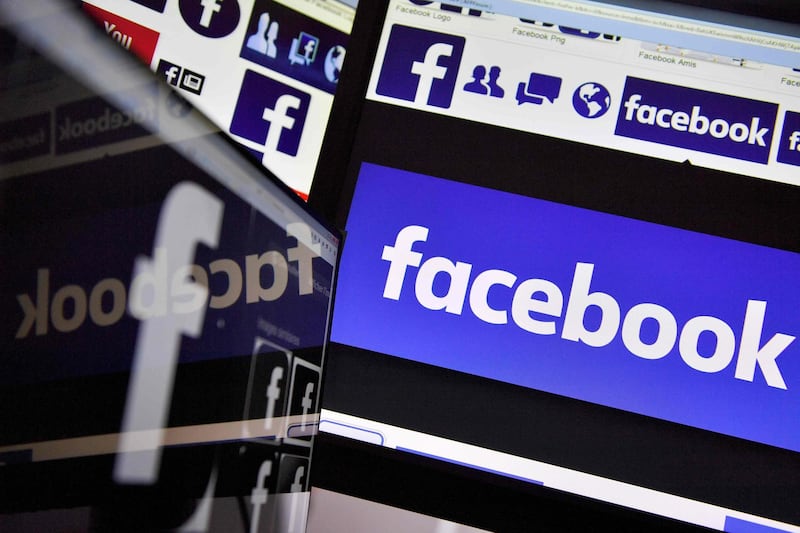There has been a lot of coverage lately on privacy of information, the rise of social media influencers in the region and social media addiction.
A couple of weeks ago, du, the telecomms firm, launched its “Post Wisely” campaign aimed at raising awareness about responsible social media usage. Many people also called for the regulation of social media influencers, who charged significant amounts of money - that could reach five figures - to post about a product. To address that issue, paid social media influencers will now need to obtain a licence from the National Media Council. Penalties for failing to do so could include fines and shutting down of the social media account.
Instagram, for instance, recently launched a setting option that allows users to hide their activity for their followers, meaning you can no longer see what photos they liked, or who they followed. What this means for businesses is that they may no longer see some of the people who follow them actively, anbd thus will have limited knowledge on which posts they liked or interacted with.
In addition, Facebook introduced algorithm changes to display more content from family and friends, and fewer business-related posts. This will definitely impact business owners, and force them to change their strategies to adapt to this change.
With increased privacy concerns, and changes in settings, here’s how your business should adapt:
Visuals are on the rise: Live streaming is more popular now more than ever. YouTube, for instance, has over 1 billion users, and that's almost one third of the total internet users. According to ThinkwithGoogle, 50 per cent of internet users look for video related to a product they are plan to buy before visiting the store. In addition, Hubspot reported that 48 per cent of marketers are planning to include YouTube in their marketing strategy this year.
This is exactly what I do, especially when I’m considering purchasing electronics. What this means for your business is that when you work with an influencer, or would like to promote a product, then posting a live video, or posting a video story instead of writing it, will garner more engagement.
_______________
Read more:
Five lessons to be learned from business failure
Social media mistakes you can avoid for businesses
_______________
Focus on influencer and micro influencer marketing: According to market researcher Nielsen, 90 per cent of consumers trust peer recommendations when it comes to products and services, which means that now more than ever influencer marketing is important. Another study, also by Nielsen, found influencer-marketed posts delivered an 11 times higher return on investments that other forms of digital marketing.
In addition, as platforms like Facebook are narrowing down the display of business related posts, social influencers’ posts will be harder to detect and your target audience will still be exposed to them. Another interesting thing to consider is the rise of micro influencers. While influencers with millions of followers have a wider reach, the engagement level drops in comparison to the number of followers. For instance, from a simple scroll down my "following" list of influencers, it’s very common to see a social influencer with, say, 2 million followers that has only 7,000 likes on their post, but above 70,000 or so video views.
Because of that, some of my clients, have voiced their concerns and told me how they now opt to work with micro influencers: people with a much lower following, which could be anything from 2 ,000 to 10,000, but who have very high engagement, more targeted followers, and who have a strong rapport with their followers. Clients also told me that to them these micro influencers are more cost efficient and will deliver more visuals and content than those with millions of followers who will limit the amount of content they share on their platforms.
Social networks are becoming an important part of our lives, and each passing day they prove to be more valuable to businesses as well. The businesses that will survive tomorrow are the ones that will learn to adapt today.
With the changes that take place on social media, that means that as business owners you will need to adapt. My suggestion for you is not to wait too long. Time is money in the social media world, and delay could translate to lost dollars.
Finally, consider working with micro influencers whose values align with yours, and consider focusing the majority of your digital marketing effort on them.
Manar Al Hinai is an award-winning Emirati writer who manages her branding and marketing consultancy in Abu Dhabi





